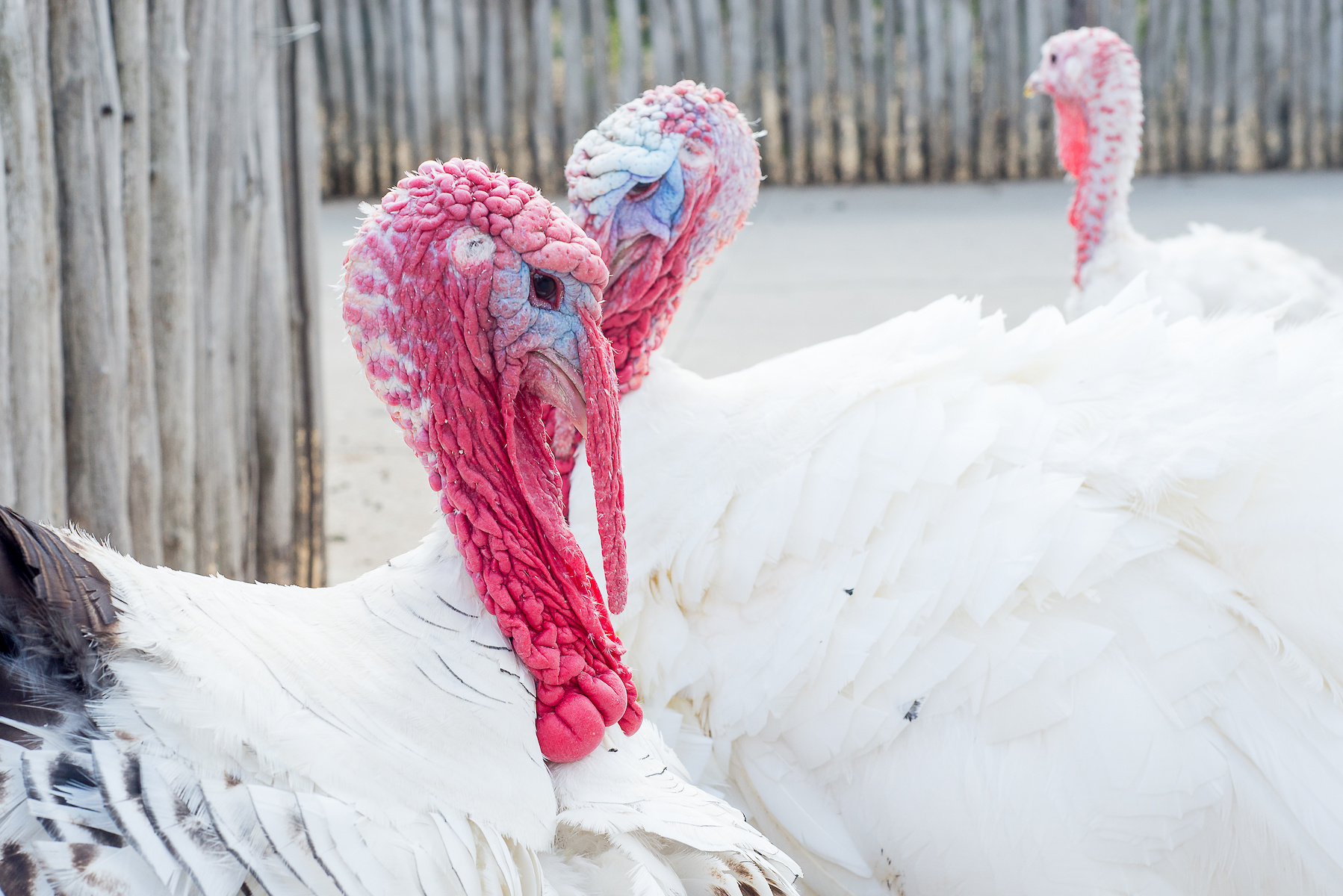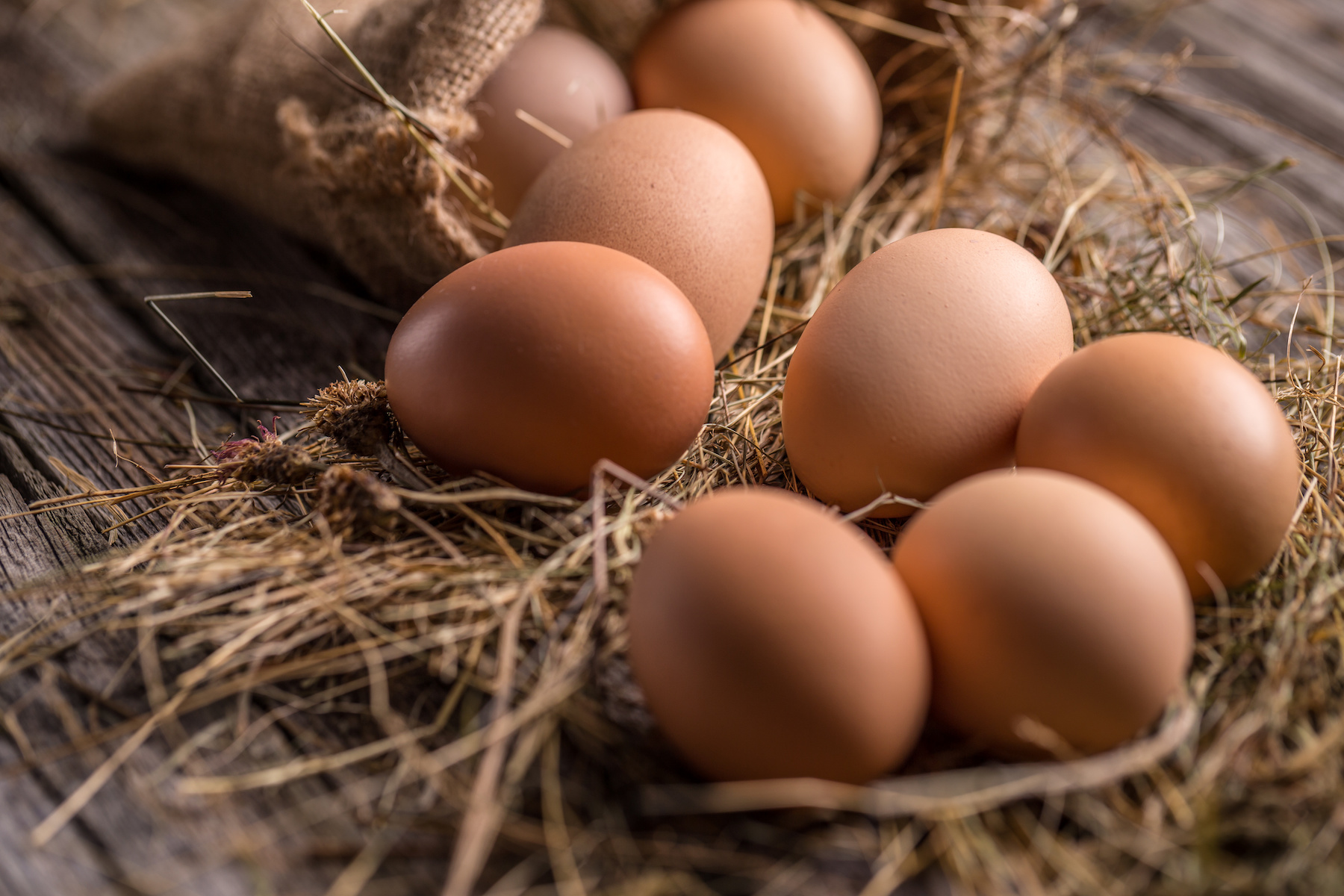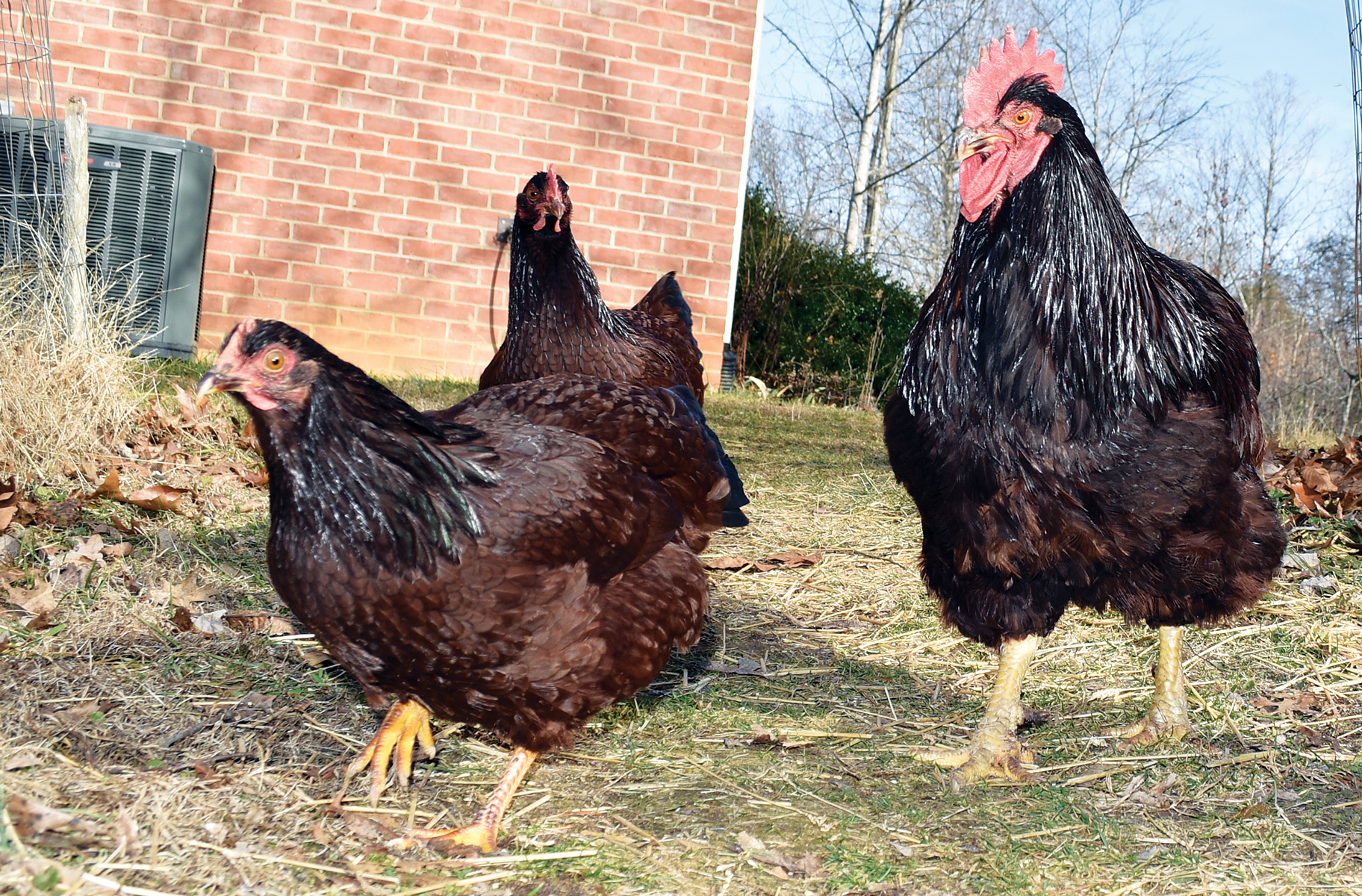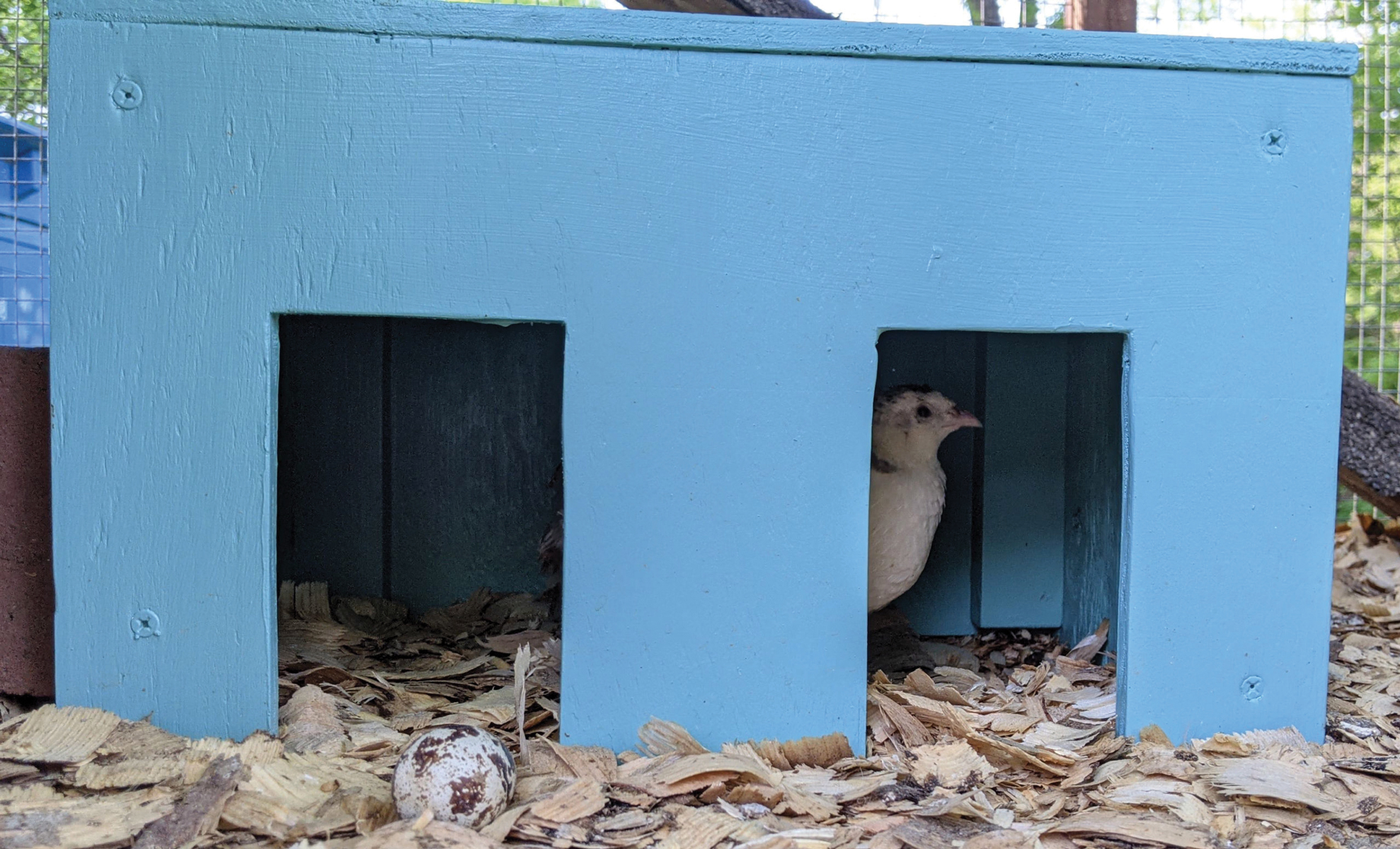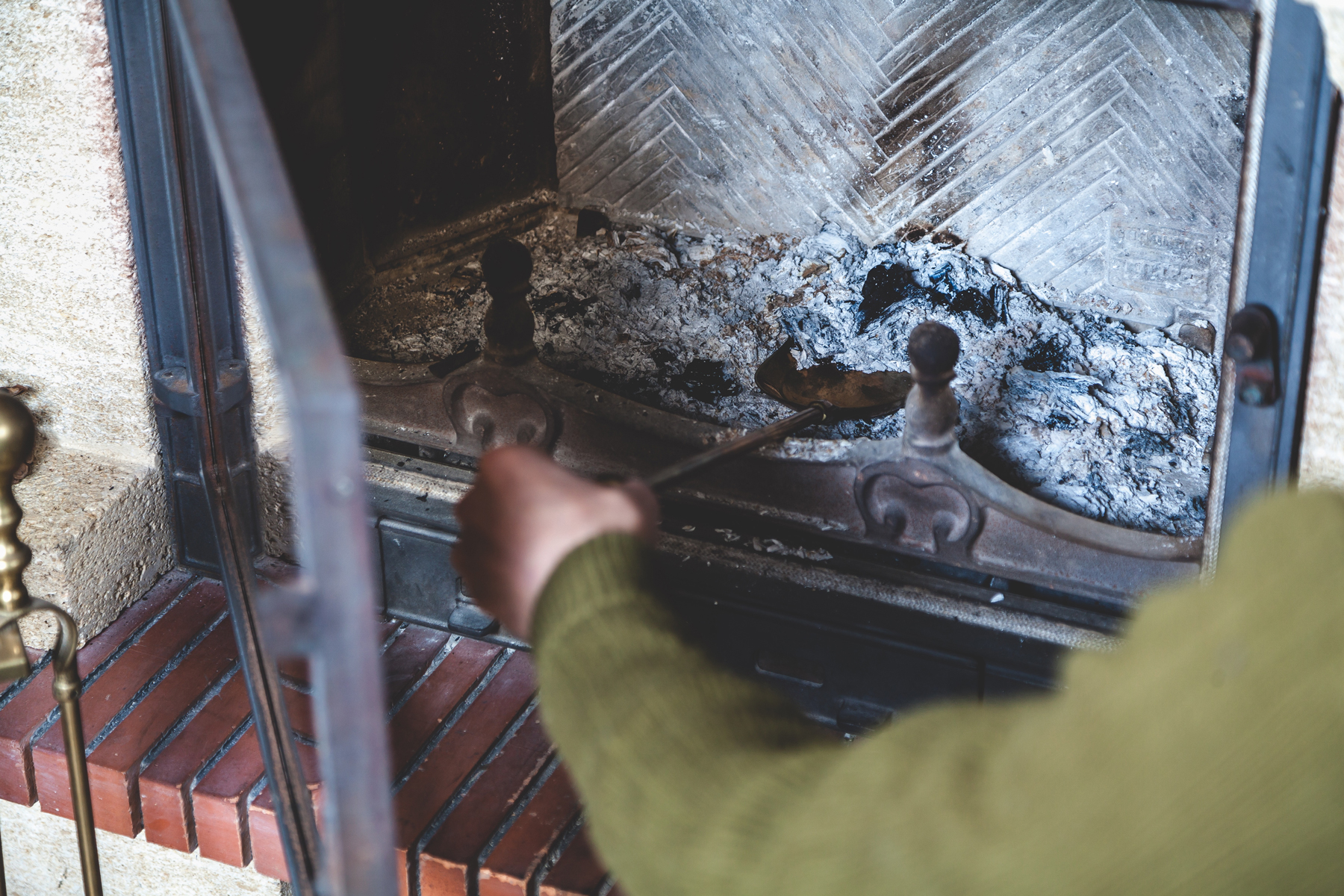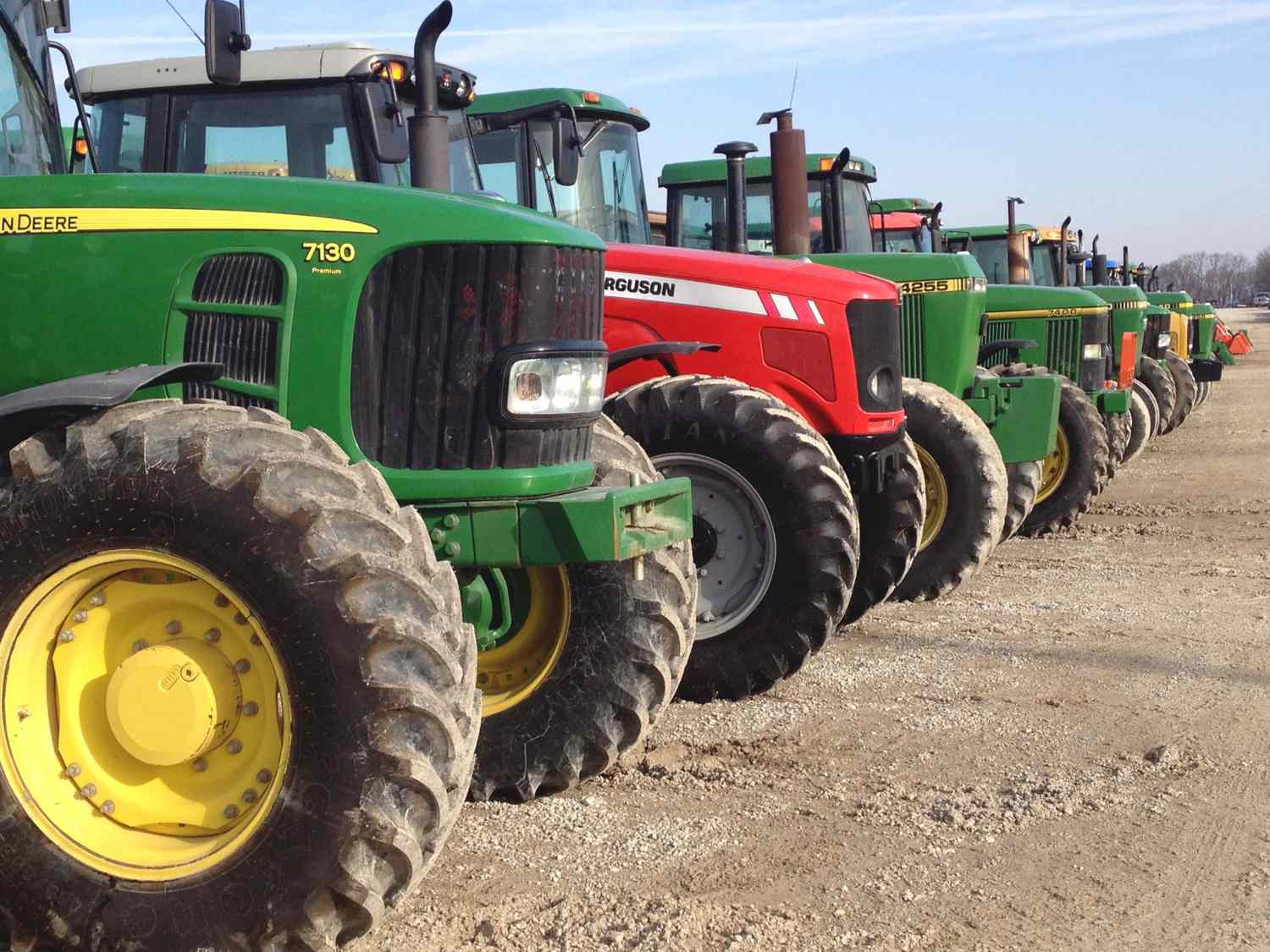The state of the used market is top of mind for anyone involved in the farm equipment business. Dealers’ lots are as full now as they were pre-COVID. Based on the data I have collected, that equipment has seen a 40% to 60% price increase over the last six years, and in the same period, interest rates have increased a staggering 188%. The reset is happening, but what will the new normal look like?
As you drive from town to town, it’s easy to see that supply has caught up with demand. The manufacturer doesn’t matter; dealer lots are full and, in many cases, teeming with model-hour equipment. The cost of holding the equipment is also at record highs. Typical large ag equipment carries a price tag of $400,000 to $500,000. With floor plan interest rates at 7%, dealerships are paying $28,000 to $35,000 in interest per year per machine.
More dealerships than ever are motivated to sell equipment. This has generated liquidation auctions not seen since 2014 to 2020. I spoke with several auction companies and heard the same account each time: The dealers need to get machines off their books, and they plan to use every means possible. Some reports have dealers taking machines straight from the farm to the auction block.
The price of late-model equipment is also a problem. In 2020, a new Class 8 combine cost $450,000. Today, the same spend would get a used Class 8, with 500 hours. Finding buyers for a used $450,000 combine is growing more complicated, not because the money isn’t there but trading a low interest rate for a higher one isn’t attractive.
Signs of the new normal
I look for the sell-off of equipment to continue throughout 2024 and through the end of the second quarter of 2025. I will be eyeing signs in midyear 2025 to indicate what the new normal will look like. I think it will look and feel much like 2017 to 2020.
What I will be looking for:
- Auction values over four months fluctuate less than 2%. Peak auction period, August to December, needs close watching.
- Average retail and auction values are within 15% to 20% of each other.
- The number of machines in each hour band is fluid and not overpopulated on one end or the other.
- Year-over-year inventories fluctuate within 2% to 3% annually.
Once these criteria have been established, we will know what the new normal will be like. There could be the same number of machines on the market as in 2017 to 2020, or there could be fewer. What interest rates do over the next 18 to 24 months also will impact how soon the new normal shows its face.
Used equipment inventories will fluctuate within a few hundred to a thousand machines year-over-year. New demand will remain with the buyers that command the most significant discounts from manufacturers.
Used-equipment buyers will then have two choices:
- Buy late-model and low-hour equipment with the same build codes from when machines were new.
- Upgrade their fleets to the latest technology through retrofit or performance upgrade kits (PUKs).
The latter will be the path most traveled. As the prices of used late-model and low-hour equipment increase and farmers need to stay as close as possible to the technology curve, they will have to choose the best option for their operations.
Related: Sales for 100-plus hp 2WD saw continued gains in March, all other segments down
Upgrade now or wait?
If you are a used equipment buyer wondering what to do, I suggest upgrading only what you need now and waiting until fall to make significant purchases, because I believe pricing will be to your advantage. If you can sell anything now and replace it in the fall, I advise that as well. Also, discuss upgrade kits, retrofit options, and PUKs with your dealer. The kits have a place, and the dollars usually make sense. Ultimately, there will be deals, and they will not be hard to find.
As any bubble, they all eventually pop. The current situation’s cause correlates with the rapid speed at which supply caught up with demand and the similar movement of interest rates. 2020 to 2022 saw incredible and widespread supply chain disruption. Canceled and delayed machines all seemed to land on dealer lots in 2023. This rapid supply increase forced the erosion of the scarcity premium placed on equipment during 2020 to 2022 and is responsible for the correction of the market we see today.
For more about used equipment, listen to my episodes on the Successful Farming podcast on the last Monday of each month. Aaron Fintel and I explore market conditions and factors driving used equipment. Please tune in to the Moving Iron podcast, where I track the economic drivers of the farm equipment business, and check out everything related to Moving Iron LLC on movingironllc.com.
